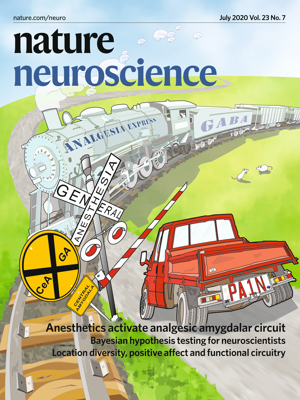
For neuroscience and brain research to progress, it is critical to differentiate between experimental manipulations which have no effect and those that do have an effect. The dominant statistical approaches used in neuroscience rely on p-values and can establish the latter but not the former. This makes non-significant findings difficult to interpret: do they support the null hypothesis or are they simply not informative? In this article, the authors show how Bayesian hypothesis testing can be used in neuroscience studies to establish both whether there is evidence of absence and whether there is absence of evidence. Through simple tutorial-style examples of Bayesian t-tests and ANOVA using the open-source project JASP, this article aims to empower neuroscientists to use this approach to provide compelling and rigorous evidence for the absence of an effect.
0 Comments
Leave A Comment